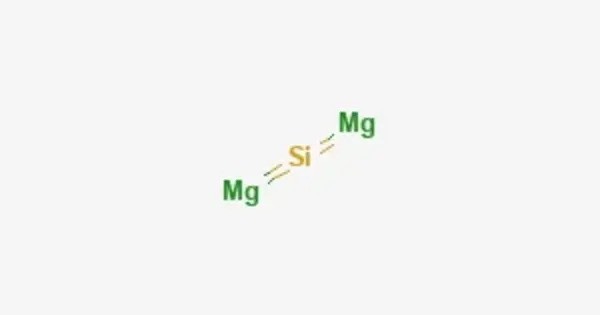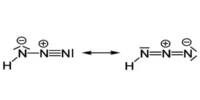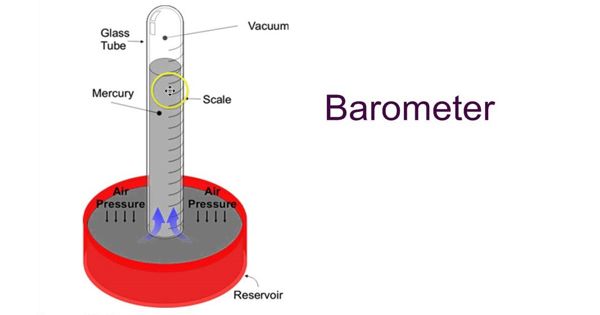Magnesium silicide, Mg2Si, is an inorganic compound consisting of magnesium and silicon. It appears as a dark purple or black crystalline solid and is primarily known for its thermoelectric properties. As-grown Mg2Si usually forms black crystals; they are semiconductors with n-type conductivity and have potential applications in thermoelectric generators. With a melting point of around 1100°C, it is thermally stable and exhibits semiconductor behavior.
Mg₂Si crystallizes in the antifluorite structure, where silicon atoms form a face-centered cubic lattice and magnesium ions occupy the tetrahedral sites. This structure contributes to its efficient electrical conductivity and moderate thermal conductivity, making it suitable for thermoelectric applications — particularly in power generation from waste heat.
Crystal structure
Mg2Si crystallizes in the antifluorite structure. In the face-centered cubic lattice Si centers occupy the corners and face-centered positions of the unit cell and Mg centers occupy eight tetrahedral sites in the interior of the unit cell. The coordination numbers of Si and Mg are eight and four, respectively.
Magnesium silicide is typically synthesized by direct reaction of elemental magnesium and silicon at high temperatures under an inert atmosphere to prevent oxidation. It is environmentally friendly, composed of abundant and non-toxic elements, and has potential for use in sustainable energy solutions.
Properties
- Chemical formula: Mg2Si
- Molar mass: 76.695 g·mol−1
- Appearance: Gray cubic crystals
- Density: 1.99 g cm−3
- Melting point: 1,102 °C (2,016 °F; 1,375 K)
- Solubility in water: reacts
Synthesis
It can be produced by heating silicon dioxide, SiO2, found in sand, with excess magnesium. The process first forms silicon metal and magnesium oxide, and, if an excess of SiO2 is used, then elemental silicon is formed:
2 Mg + SiO2 → 2 MgO + Si
If an excess of Mg is present, Mg2Si is formed from the reaction of the remaining magnesium with the silicon:
2 Mg + Si → Mg2Si
These reactions proceed exothermically, even explosively.
Natural Occurrence
- Rare in nature: Magnesium silicide is not commonly found in nature as a mineral.
- May occur in trace amounts in meteorites or intermetallic phases in magnesium-rich alloys.
Reactions
Magnesium silicide can be viewed as consisting of Si4− ions. As such it is reactive toward acids. Thus, when magnesium silicide is treated with hydrochloric acid, silane (SiH4) and magnesium chloride are produced:
Mg2Si + 4 HCl → SiH4 + 2 MgCl2
Sulfuric acid can be used as well. These protonolysis reactions are typical of a group 2 (alkaline earth metal) and group 1 (alkali metal) silicides. The early development of silicon hydrides relied on this reaction.
Applications
Magnesium silicide is used to create aluminium alloys of the 6000 series, containing up to approximately 1.5% Mg2Si. An alloy of this group can be age-hardened to form Guinier-Preston zones and a very fine precipitate, both resulting in increased strength of the alloy.
- Thermoelectric generators: Used in power generation from waste heat (especially in automotive or space applications).
- Semiconductors: Investigated for high-temperature electronics.
- Alloying Agent: In magnesium alloys to enhance strength and thermal stability.
- Hydrogen storage research: Due to its reaction with acids releasing H₂ gas.
















